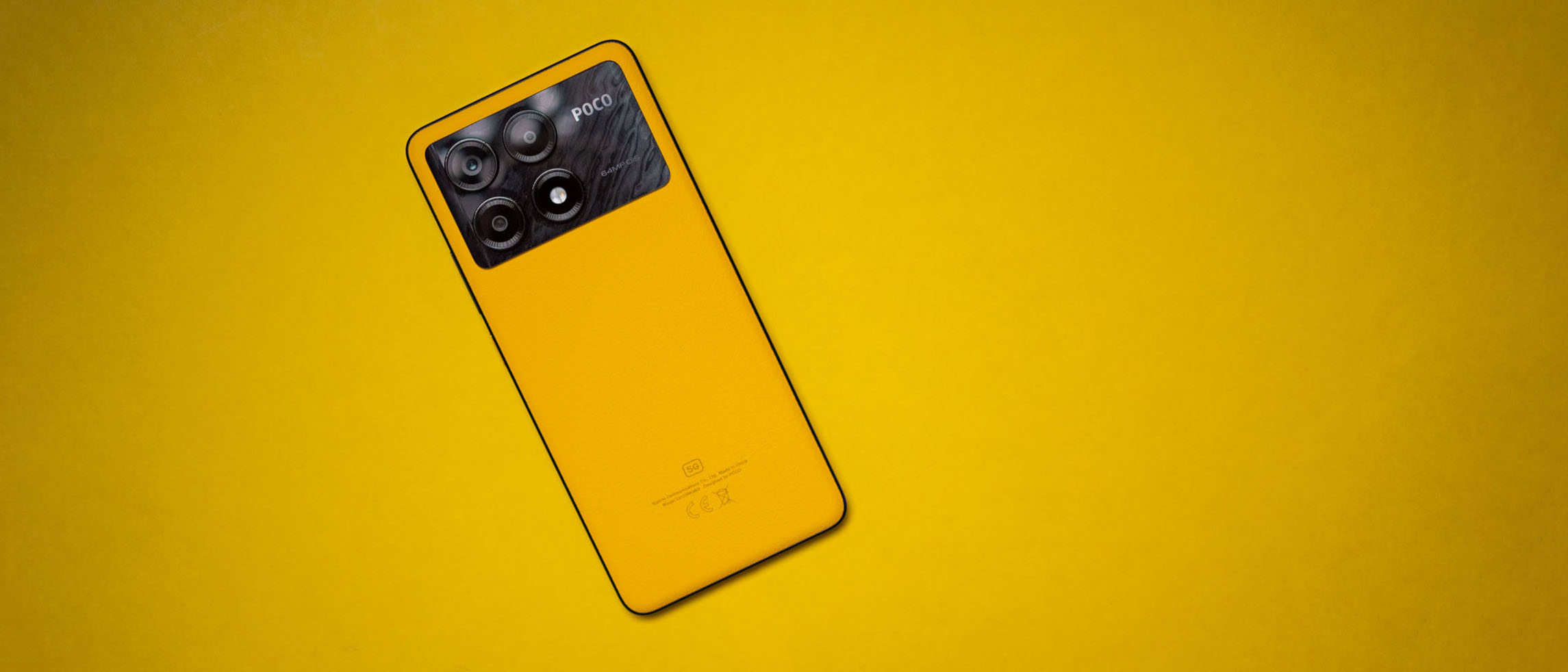Android Central Verdict
POCO is offering sizeable upgrades with the X6 Pro, and the result is a device that's much better than its predecessor. It uses the same 120Hz AMOLED panel as the Redmi Note 13 Pro+, and it is nearly twice as bright and does a great job with Dolby Vision content. The internal hardware is noticeably faster, the phone is great for gaming, and you get a decent camera at the back along with stellar battery life and fast charging. Sure, the auxiliary cameras aren't great, and video recording is strictly average, and Xiaomi's Android 14 skin isn't all that it is made out to be. But the fact that you get much better hardware and long-term updates makes the X6 Pro the best option in Xiaomi's sub-$400 portfolio at the moment, and that's no small feat.
Pros
- +
Upgraded internals
- +
120Hz AMOLED panel is much better
- +
Includes HyperOS with Android 14 out of the box
- +
Standout battery life and 67W charging
- +
Great overall value
Cons
- -
Gets hot during extended gaming sessions
- -
4K videos limited to 30fps
- -
Plenty of bloatware out of the box
- -
Poor auxiliary cameras
Why you can trust Android Central
Phone pricing trending upward is as inevitable as the steady march of time, but brands like POCO somehow manage to deliver a good value with every new release. This is particularly poignant in 2024 as its parent brand Xiaomi decided it doesn't want to sell budget phones in the Redmi Note series, increasing the spotlight on POCO's portfolio.
To its credit, POCO did a great job with the X series over the last four years, delivering devices with good all-round hardware. Last year's POCO X5 Pro undercut its rivals by a significant margin, and while the cameras weren't great, the device had a strong showing in the budget segment.
POCO is introducing a slate of enticing upgrades this year; the X6 Pro is powered by MediaTek's Dimensity 8300 platform, the 120Hz AMOLED panel is nearly twice as bright as last year, and you get 256GB of storage as standard with the base model. There's a better camera at the back, and what I particularly like is that the device comes with Android 14 out of the box. And yes, it uses HyperOS instead of MIUI, and it's ironic that POCO gets to launch a device globally with Xiaomi's latest software.
In a way, this is great news if you're interested in the X6 Pro. The device has considerable upgrades, and it still offers the same great value as its predecessors. So if you're looking to switch to a new phone this year, here's why you need to consider POCO's latest offering.
POCO X6 Pro: Price and release date
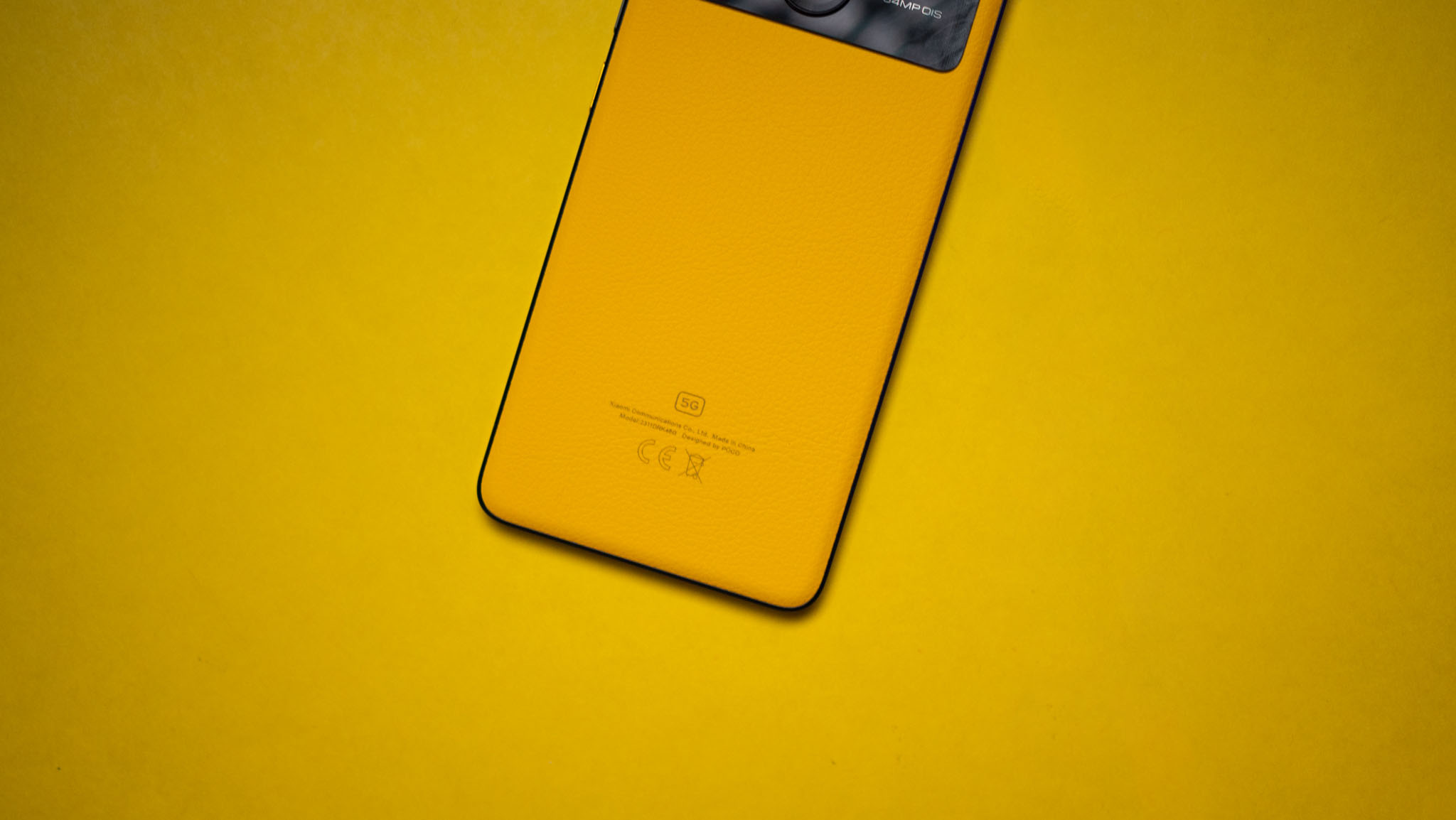
POCO unveiled the X6 series on January 11, 2024, and the devices are now up for sale in India and the U.K. There's a standard model of the POCO X6 that is powered by the Snapdragon 7s Gen 2, and the 8GB/256GB version is debuting at ₹21,999 ($265). There's also a 12GB/256GB model that's available for ₹23,999 ($290), and a 12GB/512GB model that's retailing at just ₹24,999 ($301).
But it's the POCO X6 Pro that is the better choice, and it is available starting at ₹26,999 ($325) for the 8GB/256GB edition, and ₹28,999 ($350) for the 12GB/512GB model. What's interesting is that both the X6 and X6 Pro manage to undercut the Redmi Note Pro series.
Over in the U.K., the POCO X6 is available in a single 12GB/256GB variant for £319 ($406), and the X6 Pro is selling in a 12GB/512GB option that can be bought for £349 ($444), £20 ($470) off its retail price.
Get the latest news from Android Central, your trusted companion in the world of Android
If the X6 Pro looks familiar, it is because the device is identical to the Redmi K70E that launched in China back in November. As is usually the case, devices in the K series tend to be sold under the POCO label globally, and that has been the case for a while now. So even though this is an existing device, the X6 Pro marks the global debut of this particular hardware configuration.
POCO X6 Pro: Design
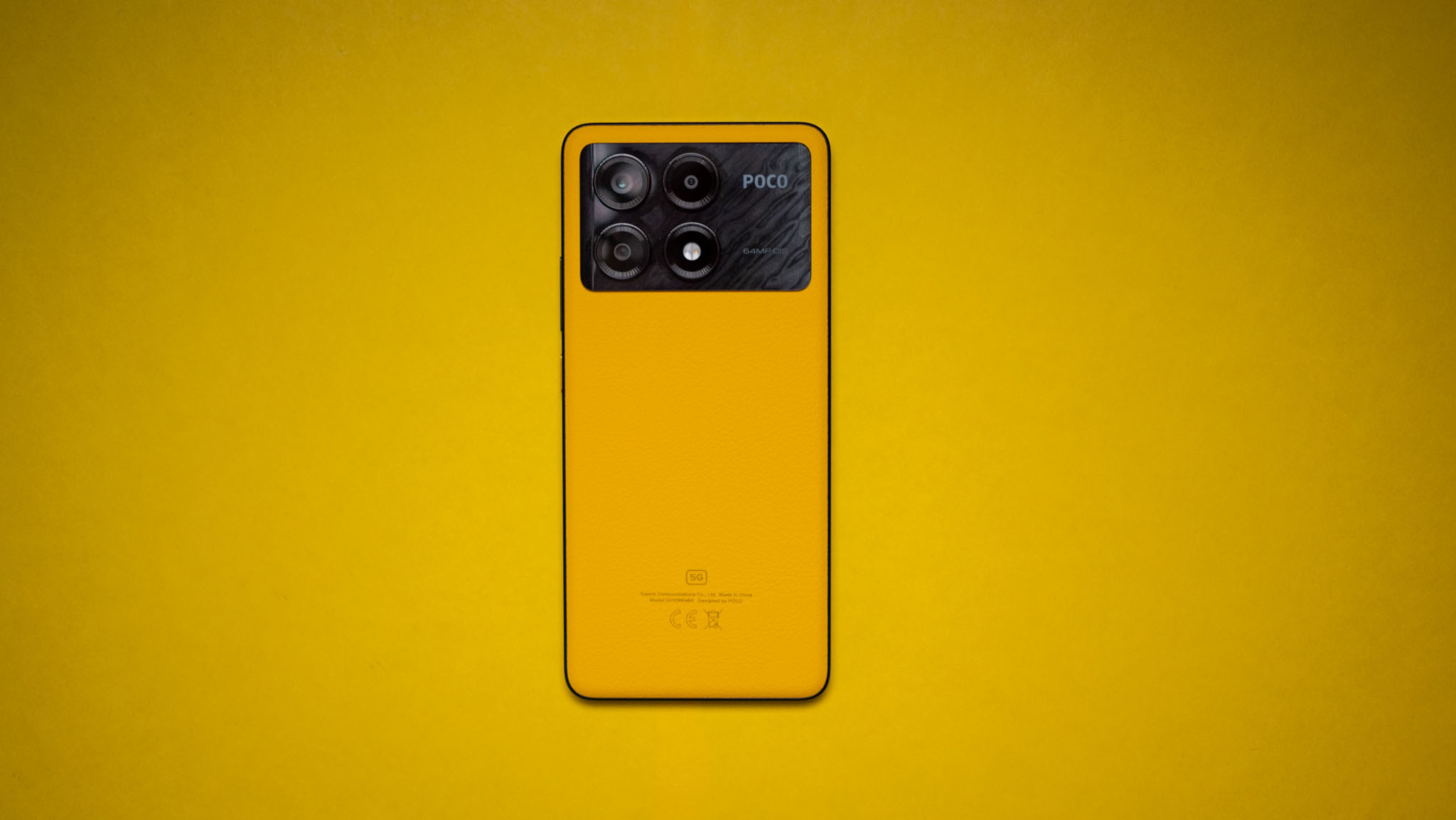
POCO's audience skews younger, so the brand's mandate is to come up with interesting designs and color options that you just don't get on Xiaomi and Redmi phones. That's the case with the X6 Pro as well, and the bright yellow color illustrates that point very well. If you think the design is ostentatious, the phone is also sold in much more muted black and grey variants.
The other models have a standard polycarbonate back, and the yellow version has a vegan leather option that's great to hold and use. It doesn't quite convey the same in-hand feel as flagships with a leather back — the OnePlus Open and Vivo X90 Pro come to mind — but considering the device costs significantly less, getting a leather option is a big deal in and of itself.
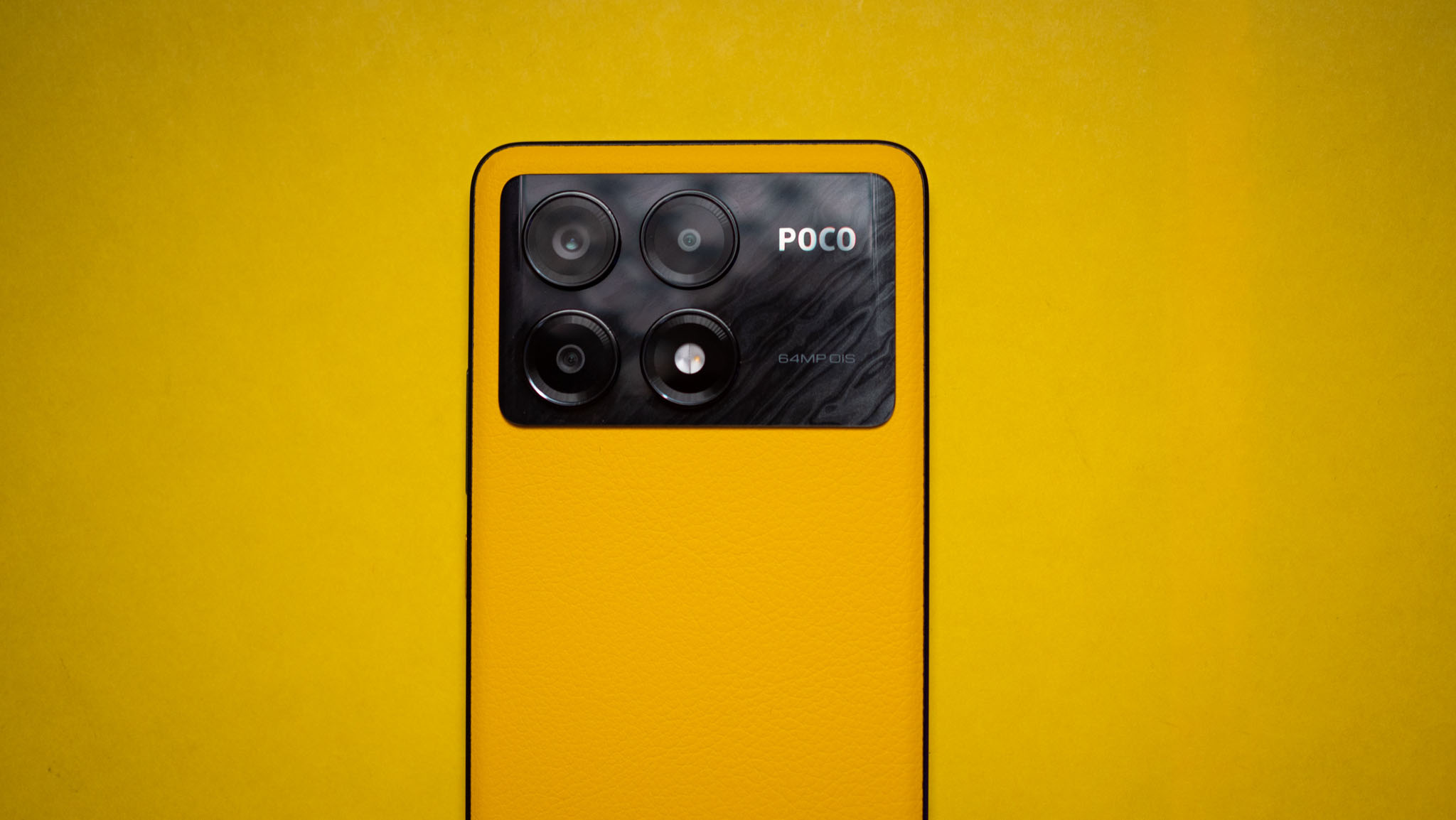
POCO is known for its oversized camera modules, and things are no different on the X6 Pro. The camera island is a large rectangle that extends across the width, and it does a good job differentiating the design. The glass island also has a way pattern underneath, and it looks pretty cool. The camera modules get individual rings, and they're arranged in a grid — with the LED flash getting its own enclosure. The modules don't protrude too much from the chassis, so you don't get any noticeable wobble when using the phone on a table.
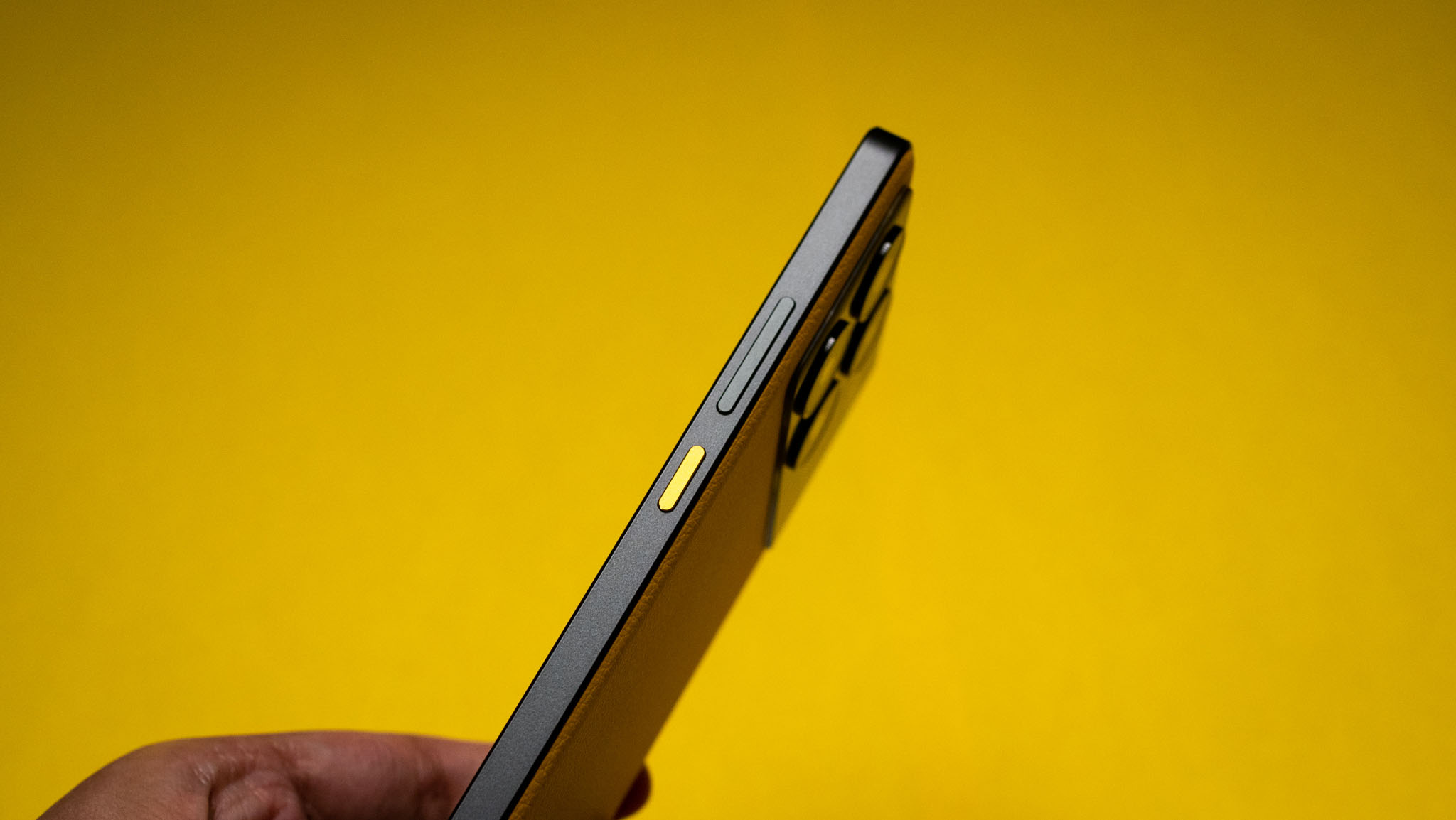
The sides are made out of polycarbonate as well, but that isn't immediately evident. The power button is coated yellow, and it sits beneath the volume rocker. The rest of the ports are standard; the USB-C port is at the bottom next to the SIM card tray, and you get an IR blaster along with stereo sound.
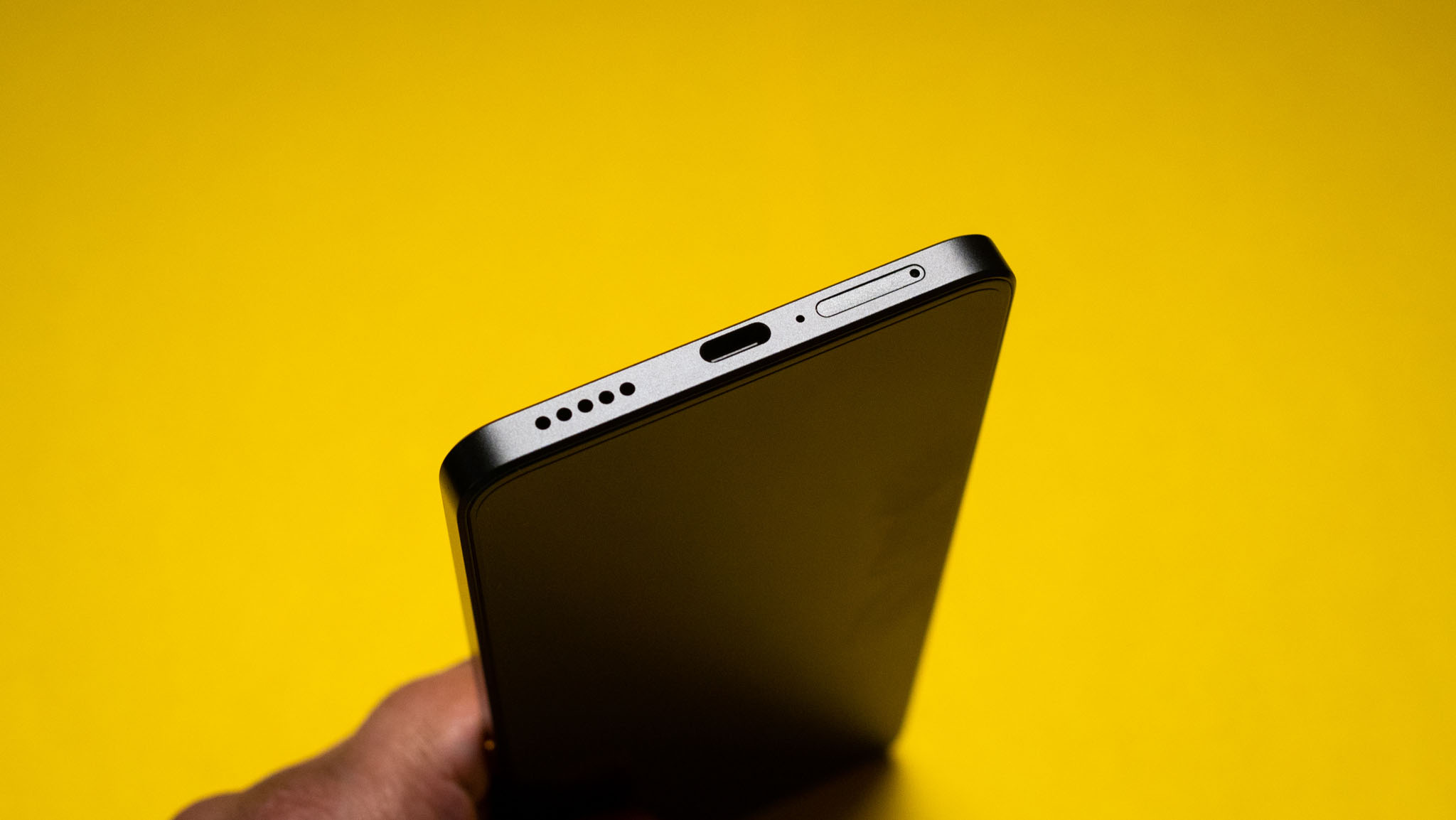
While it isn't the same as the IP68 ingress protection that you get on Xiaomi's mid-range phones, the X6 Pro comes with IP54 dust and water resistance, and that's good enough to withstand the occasional splash of water or inclement weather conditions.
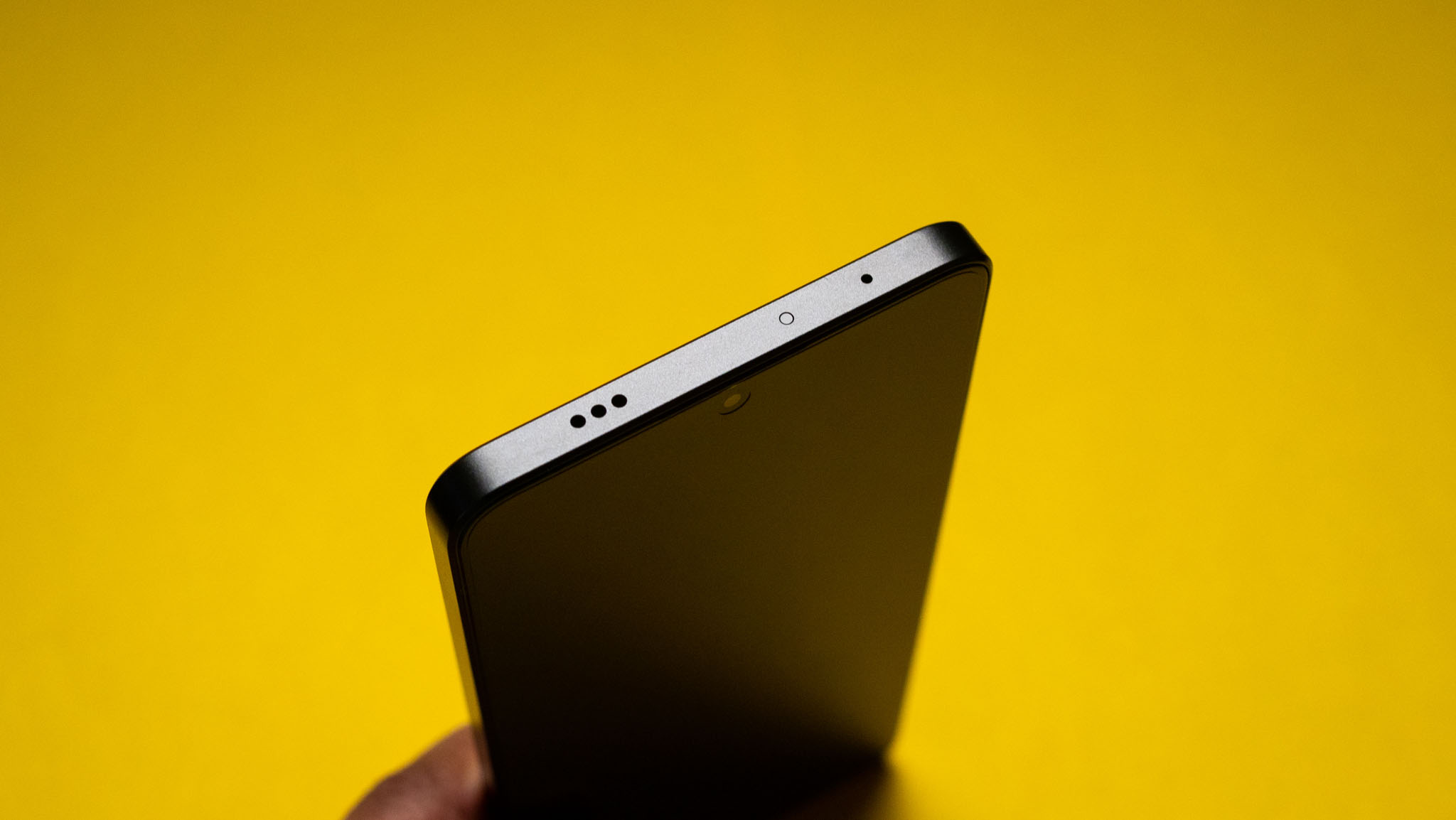
Coming in at just 190g, the X6 Pro is noticeably lighter than the Redmi Note 13 Pro+ while still offering the same battery, and while it is by no means a small phone, it has good in-hand feel. On the whole, POCO did a great job as usual on the design side of things, and the X6 Pro ticks all the right boxes.
POCO X6 Pro: Display
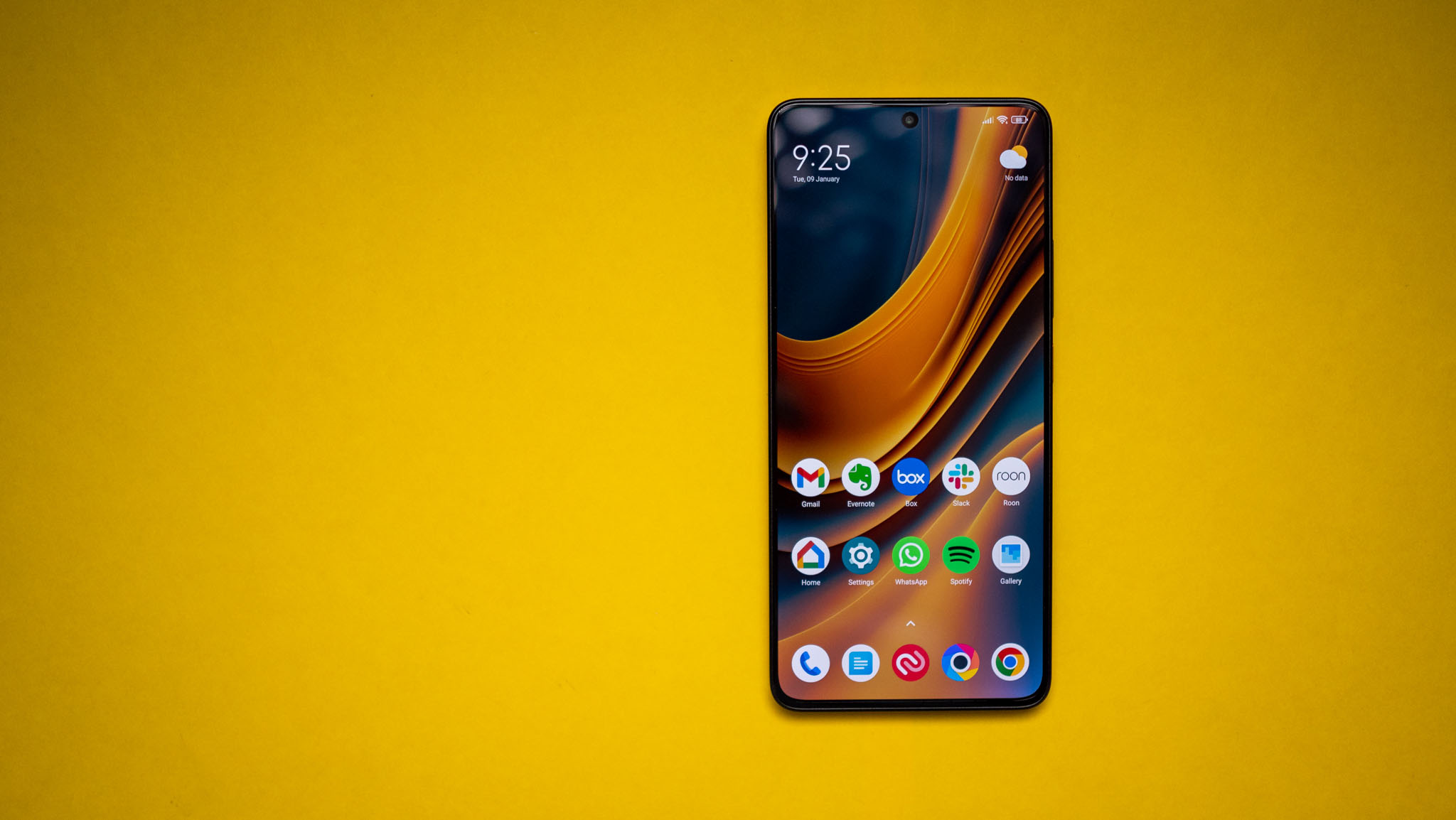
POCO is using a 6.67-inch AMOLED panel this time around, and it has 120Hz refresh, resolution of 1220 x 2712, and Dolby Vision integration. If all of that sounds familiar, it's because it is the same panel that's used in the Redmi Note 13 Pro+ as well — it even goes up to 1,800 nits in HDR content, and up to 1,200 nits in daily use.
And just like the Redmi Note 13 Pro+, I have zero issues with the panel. Colors are vibrant, viewing angles are great, and you get excellent contrast levels. The default Vivid mode looks great out of the box, but you can always tweak the color balance should you wish to do so — this is a standard feature on all Xiaomi phones.
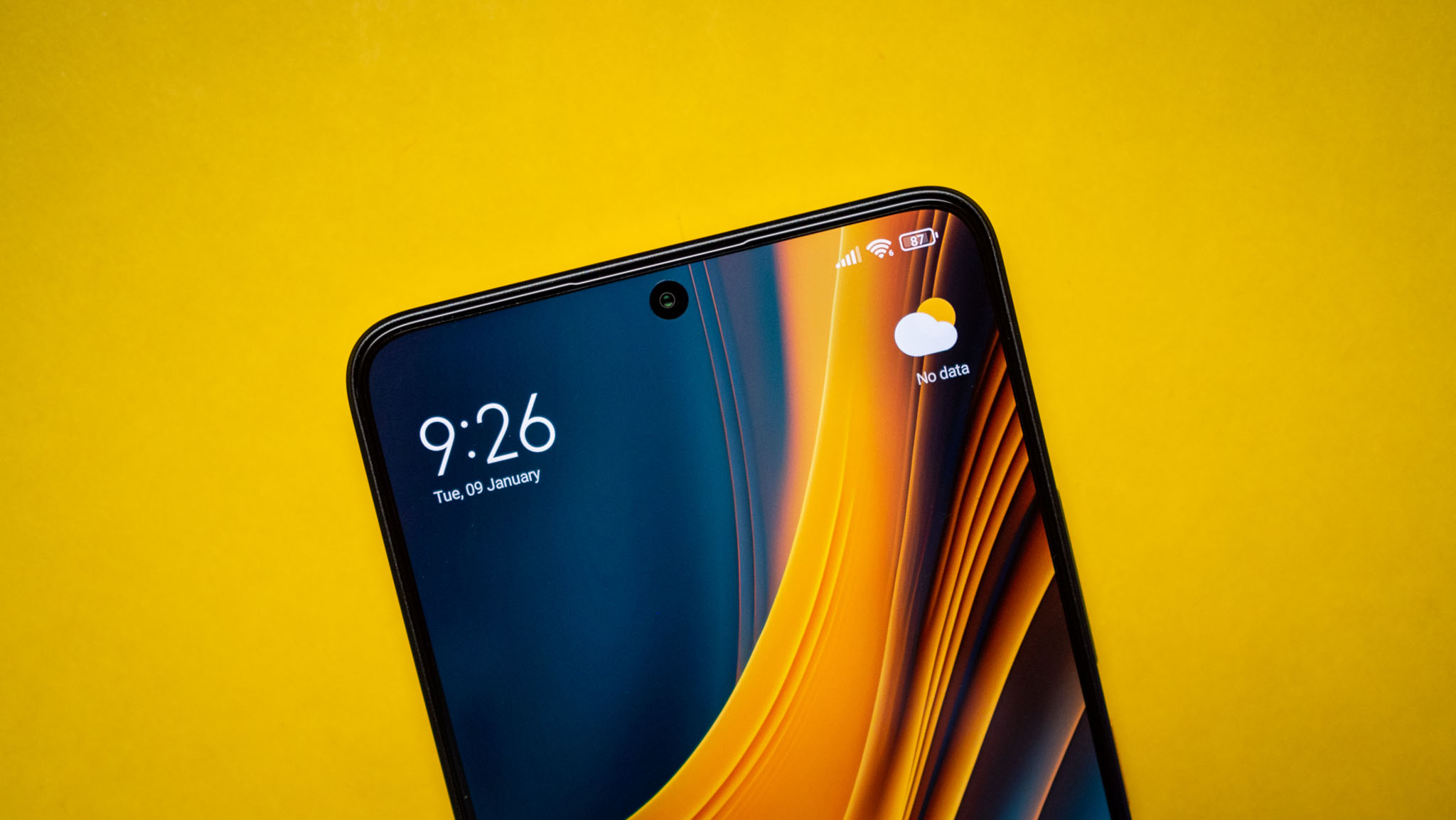

Streaming content looks great on the panel, and with Widevine L1, you won't run into any issues in the likes of Netflix and YouTube. The only quirk is that the 120Hz mode isn't selected out of the box, so you need to manually set it up. And on that subject, while you get an always-on mode, it doesn't actually stay on throughout — it only activates for up to 10 seconds when you tap the screen while it is off, and wakes the panel when there's a notification, but it doesn't stay on all the time.
The bezels are noticeably thinner than last year, and you get an in-display fingerprint module that does a decent job. While it is fast to authenticate, it is located a little lower on the screen, making it awkward to access. Other than that, this is one of the best panels you'll get in this category.
POCO X6 Pro: Performance and battery

POCO is known to deliver a good value with its devices, and the X6 Pro does a particularly good job in this area. The device is powered by the MediaTek Dimensity 8300 Ultra, and it is significantly more powerful than what we got last year. Interestingly, it outshines the Redmi Note 13 Pro+ as well, with the X6 Pro currently the fastest device in Xiaomi's sub-$400 portfolio.
The Dimensity 8300 Ultra features Arm's v9 Cortex A715 and A520 cores, and it goes up to 3.35GHz. The Mali-G615 GPU is well-suited for gaming, and this is a key selling point of the device; as I said earlier, POCO targets a younger audience with its devices, so it prioritizes gaming over other features like camera tuning. As a result, the X6 Pro is one of the best in its category at playing demanding titles.
| Category | POCO X6 Pro |
|---|---|
| OS | HyperOS 1.0 based on Android 14 |
| Display | 6.67-inch 120Hz AMOLED, 2712x1220, Dolby Vision, 1,800 nits, Gorilla Glass 5 |
| Chipset | MediaTek Dimensity 8300 Ultra, Mali G615-MC6, 4nm |
| RAM | 8GB/12GB LPDDR4X |
| Storage | 256GB/512GB UFS 4.0 |
| Rear camera 1 | 64MP f/1.7, 0.7um, OIS, 4K at 30fps |
| Rear camera 2 | 8MP wide-angle, 120-degree FoV |
| Rear camera 3 | 2MP macro |
| Front camera | 16MP f/2.4 |
| Ingress protection | IP54 dust and water resistance |
| Connectivity | Wi-Fi 6, Bluetooth 5.4, NFC, |
| Security | In-screen optical fingerprint |
| Audio | USB-C, stereo sound, 24-bit/192kHz |
| Battery | 5000mAh battery, 67W charging |
| Dimensions | 160.5 x 74.3 x 8.3mm, 190g |
| Colors | Yellow, Black, Grey |
I didn't see any slowdowns when playing visually-intensive titles, and while there was some throttling with extended use, the phone was noticeably faster than its predecessors. There were no issues in daily use either, and the device was optimized for the hardware. The only quibble is that it gets hot during extended gaming sessions — so much so that it can get uncomfortable.
POCO is doing all the right things on the storage front. The X6 Pro has 8GB of LPDDR5X RAM along with 256GB of UFS 4.0 storage in the base model, and you get 12GB/256GB and 12GB/512GB editions, with the latter the only model available in the U.K. You get decent connectivity as well, and unlike previous years, NFC is available in most global markets.
And coming to the battery side of things, the X6 Pro managed to last all day without any issues whatsoever. With medium use, I was able to get the phone to last a day and a half, and there is no reason to be anxious about the battery running out before the end of the day. The Dimensity 8300 is built on a 4nm node, and the efficiency gains combined with the architectural tweaks to Arm's latest cores means you get great battery life even with heavy use.
As for charging, the X6 Pro took just over 46 minutes to fully charge via the bundled 67W charger, going up to 50% in 18 minutes, and hitting 80% after 30 minutes. It's not as fast as the 120W charging tech on the Note 13 Pro+, but it is still more than adequate.
POCO X6 Pro: Cameras
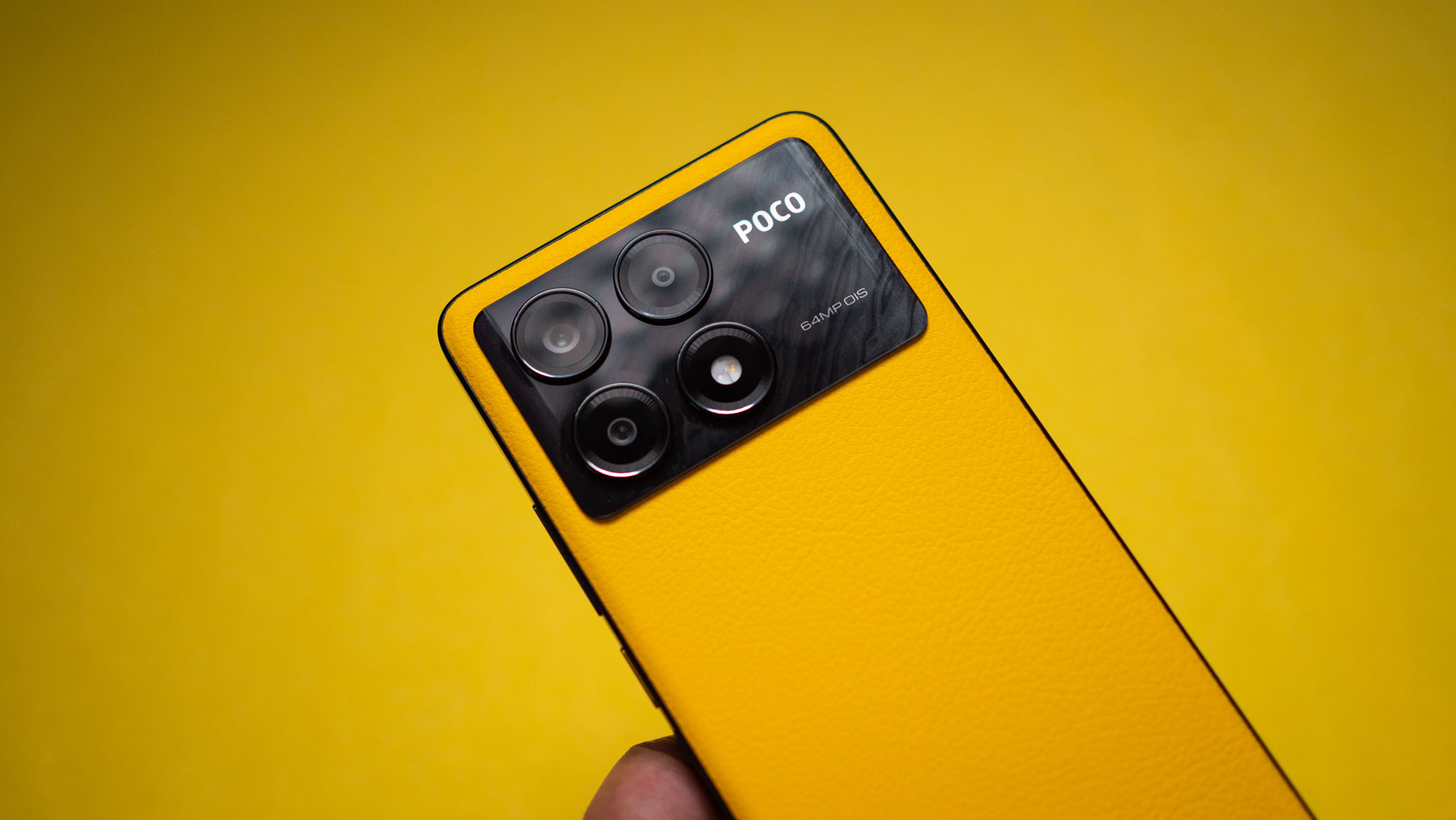
While POCO lavished a lot of attention in other areas, the cameras aren't getting a huge upgrade this time. The X6 Pro comes with a 64MP primary lens with OIS, and it's joined by an 8MP wide-angle lens and a 2MP macro lens. I've ranted enough times about the login in including a worthless macro module, but the brand is obstinate about this, and so you get saddled with a camera lens that's more aggravating than useful.
Video recording is the same as last year, and while MediaTek easily allows 4K video at 60fps, Xiaomi hasn't bothered to include the feature. The camera interface is similarly unchanged, and you'll feel right at home if you've used a Xiaomi phone in the past.
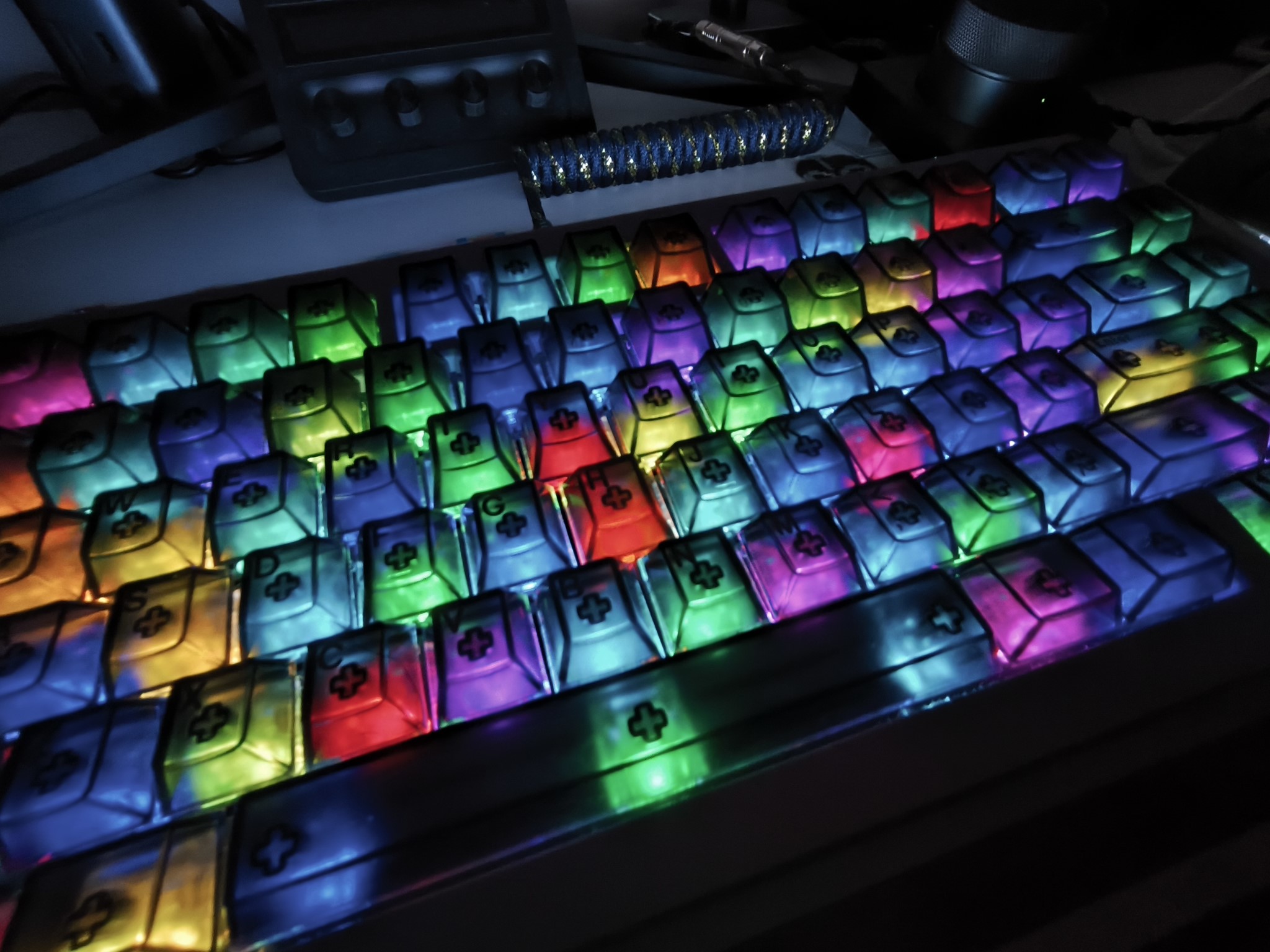



Coming to the photos, daylight shots taken with the X6 Pro have good detail and dynamic range, and like the Redmi Note 13 Pro+, they have good color rendition that doesn't look too saturated. The phone doesn't do as good a job in low-light scenarios, and you miss out on details and get plenty of noise instead. But what's annoying is just how long the camera takes to dial in on a subject in low-light scenarios — most of the time, the initial shots you take are bound to be blurry.
In a similar vein, the wide-angle lens is strictly average, and it doesn't quite pass muster in low-light conditions. That said, the camera is marginally better than what POCO fitted in the X5 Pro last year, but again, it isn't anywhere as good as the likes of the Pixel 7a, Nothing Phone (2), or even the Galaxy A54.
POCO X6 Pro: Software
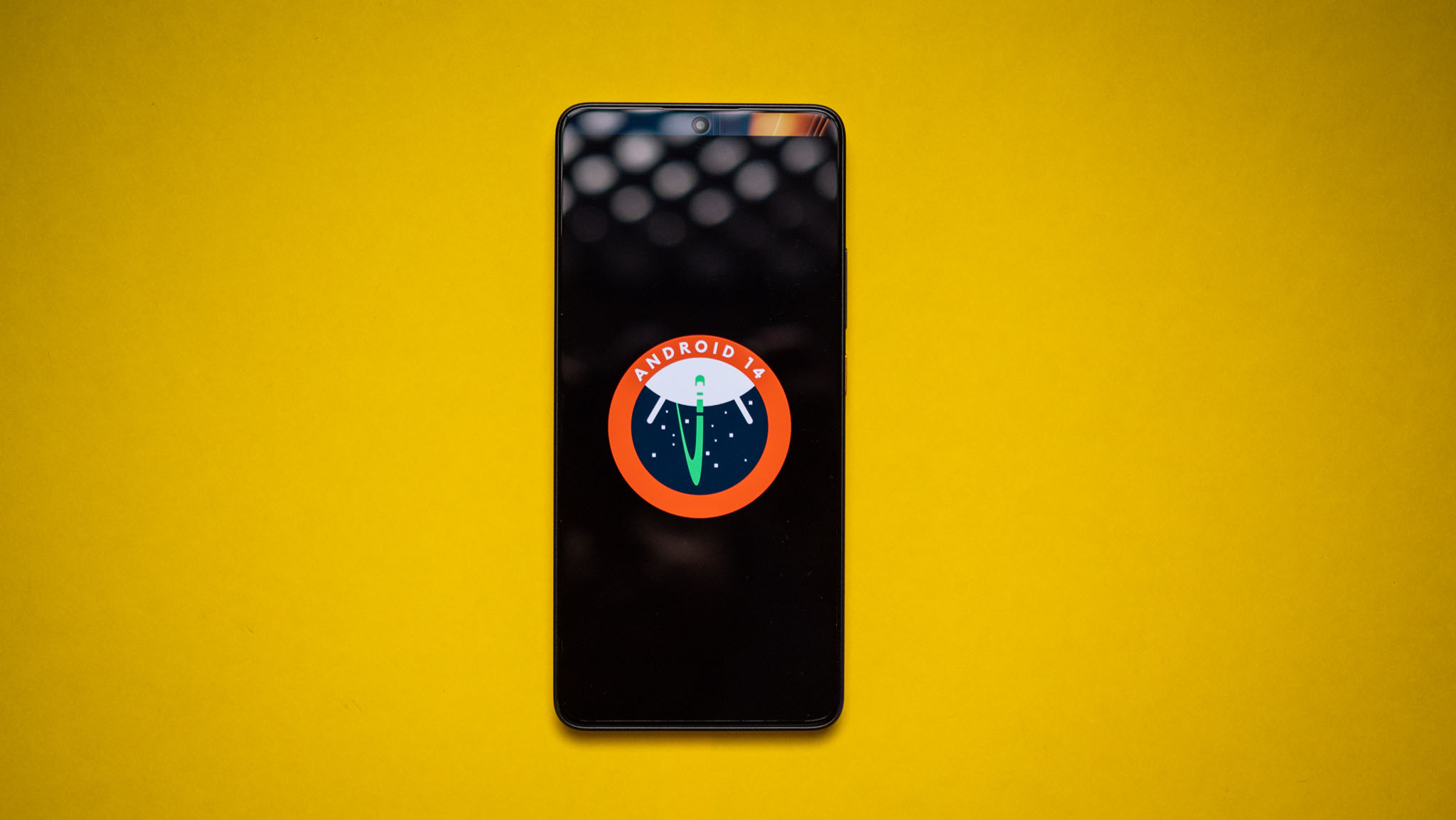
When Xiaomi said it was overhauling its software from the ground up, I was thrilled. I used MIUI from the very beginning, and while I like a lot of things about the interface, it picked up a lot of bloatware in recent years, and the design was in need of a polish. So imagine my surprise when I got started with the X6 Pro, and found that HyperOS was nearly indistinguishable to MIUI 14.
Xiaomi made a big deal about making a ton of changes to the interface, but you don't get to see many of those tweaks. Other than a slight change to the Control Center toggles and lock screen customization that's akin to One UI 6 and iOS 17, the interface is identical to MIUI 14. I had to go into the settings to make sure the phone was in fact based on the new HyperOS skin and not just MIUI 14.
So yeah, HyperOS 1.0 is anticlimactic to say the least. What's worse is that you still get all the bloatware from MIUI, and the same asinine battery management. Honestly, I don't see why Xiaomi even decided to overhaul the interface, because as it stands, it doesn't feel any different. It would have been another thing altogether if the UI was much more smooth in daily use, but that isn't the case — it is identical to MIUI 14 in this area.
But what is great is that the X6 Pro will get three guaranteed Android OS updates and four years of security updates; that puts it on par with most budget and mid-range phones available today. Because it comes with Android 14 out of the box — unlike the Redmi Note 13 series — it will make the switch to Android 16 when that becomes available.
POCO X6 Pro: The competition
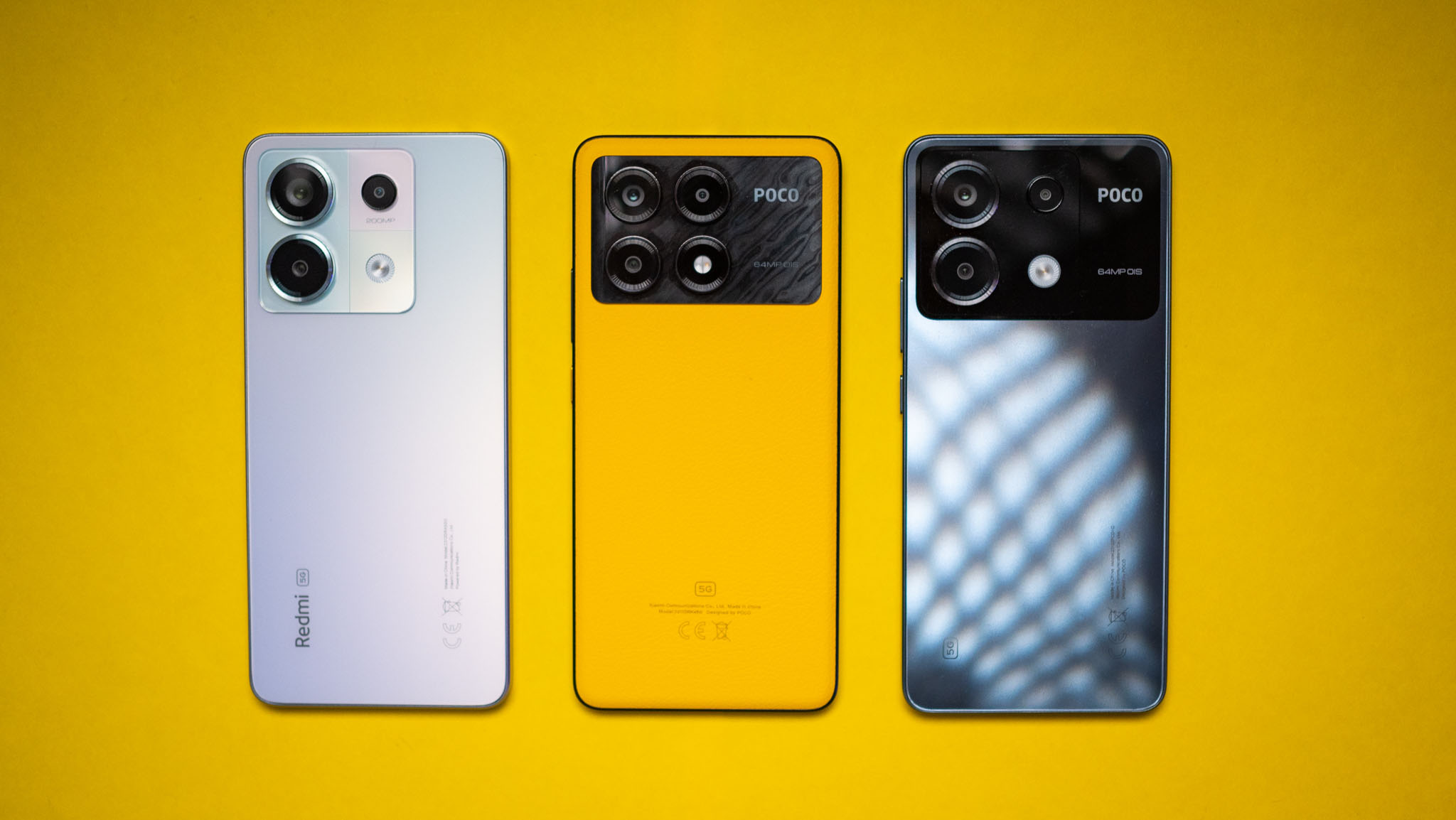
POCO is throwing down the value gauntlet with the X6 Pro, and right now, there aren't as many devices that give you the same caliber of hardware in this segment. The Redmi Note 13 Pro+ comes close, and while its camera takes marginally better photos in a few scenarios, it runs outdated software with plenty of bloatware, and you need to pay a lot more.
The Pixel 6a is still a good bet in India, and the Pixel 7a is a great alternative if you're in the U.K. — if you can get it on a decent deal. I also like the OnePlus Nord 3, and that's a good option to consider as well. There will be plenty of other devices launching over the coming weeks, and I'm intrigued by the Nothing Phone 2a; the device should cost about the same as the X6 Pro, and if it manages to offer the same design as the Phone (2) and the same clean software, it will attract a lot of attention.
POCO X6 Pro: Should you buy it?

You should buy this if:
- You want the best value in the budget segment
- You need a phone that's great for gaming
- You want a vibrant AMOLED panel and 120Hz refresh
- You need stellar battery life and fast charging
- You need long-term updates
You shouldn't buy this if:
- You want clean software without any bloat
- You need good cameras
- You intend to take a lot of videos
After using the X6 Pro for the better part of two weeks, it's safe to say that POCO once again managed to nail the basics. The screen is terrific, the design has a lot going for it, and there's enough power here to play demanding games with ease. I also like the increased storage with the base model, and you get really good battery life.
What's noteworthy is that the device comes with Xiaomi's latest software, and there's Android 14 out of the box. This in itself makes the X6 Pro a much better choice than the Redmi Note 13 Pro+, and honestly, it is right up there with the best Xiaomi phones when it comes to value.
Ultimately, that's what makes the X6 Pro such a good choice if you're looking to upgrade from an older device — it has all the hardware you're looking for, a terrific AMOLED panel, great battery life, and a decent design that stands out. It delivers all of these while costing a lot less than its rivals, and in countries like India in particular, it sits unchallenged in its segment.

Harish Jonnalagadda is Android Central's Senior Editor overseeing mobile coverage. In his current role, he leads the site's coverage of Chinese phone brands, networking products, and AV gear. He has been testing phones for over a decade, and has extensive experience in mobile hardware and the global semiconductor industry. Contact him on Twitter at @chunkynerd.
